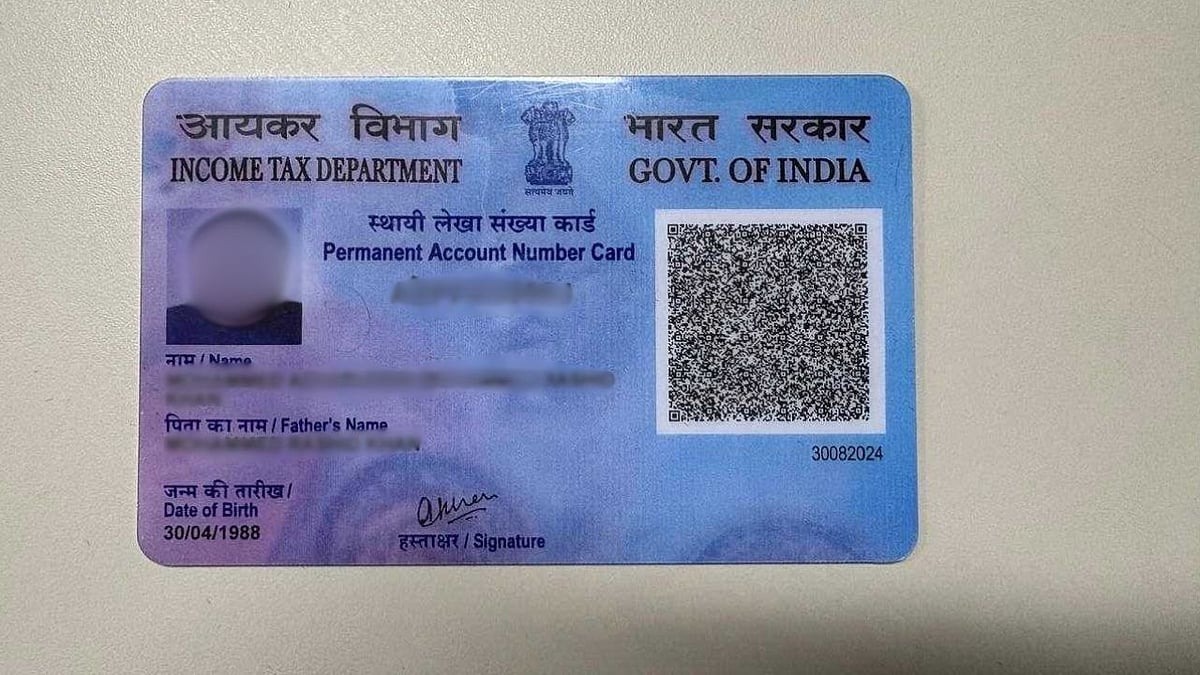A blinding layer of fog over north India and eastern parts of the country affected the schedule of more than 480 trains and over 25 flights on Sunday even as an intense cold wave walloped the plains, including Delhi, where the minimum temperature plunged to a numbing 1.9 degrees Celsius.
Delhi’s minimum temperature was lower than most places in Himachal Pradesh and Uttarakhand for the fourth consecutive day.
The cold snap, which is straining power grids and posing challenges to the homeless and animals, prompted the Delhi government to extend winter vacation in schools till January 15.
The India Meteorological Department (IMD) has issued an "orange" alert for certain parts of north India, including Delhi, for Monday, warning that dense fog, cold day and cold wave conditions would persist.
Short-term relief is likely after a couple of days under the influence of back-to-back western disturbances, said a senior IMD meteorologist. When a western disturbance, a weather system characterised by warm moist winds from the Middle East, approaches a region, the wind direction changes. Hence, the chilly northwesterly winds from the mountains will stop blowing for a few days leading to an increase in temperatures, he said.
The cold wave over northwest India is likely to “abate after 48 hours. Dense to very dense fog conditions over many parts of Punjab, Haryana, Delhi, Uttar Pradesh and Bihar are likely during the next 48 hours, with a decrease in intensity and distribution thereafter”, IMD said.
A dense layer of fog enveloped north, east and northeast India, affecting road, rail and air traffic movement. “Around 335 trains have been delayed, 88 cancelled, 31 diverted and 33 short terminated due to foggy weather," a railway official said. Around 25 flights were delayed and two diverted Sunday morning, officials at the Indira Gandhi International Airport said.
Visibility levels dropped to zero metres at Bhatinda and Agra, 25 metres at Patiala, Chandigarh, Hissar, Alwar, Pilani, Ganganagar, Lucknow and Cooch Behar, and 50 metres at Amritsar and Ludhiana, Ambala, Bhiwani, Palam (Delhi), Fursatganj, Varanasi, Meerut, Gaya and Dhubri.
The minimum temperature at Delhi’s primary weather station, the Safdarjung observatory, plunged to 1.9 degrees Celsius, the lowest in January in two years. With frosty winds from the snow-clad mountains pounding northwest India, the weather stations at Lodhi Road, Ayanagar, Ridge, and Jafarpur logged a minimum temperature of 2.8 degrees, 2.6 degrees, 2.2 degrees and 2.8 degrees Celsius, respectively.
The mercury dropped to 1.4 degrees Celsius in Haryana's Hisar, 2.8 degrees Celsius in Punjab's Adampur, minus 0.5 degree Celsius in Churu, and 1.5 degrees Celsius in Pilani in Rajasthan. It fell to 3.2 degrees Celsius in Prayagraj and 3.8 degrees Celsius in Varanasi in Uttar Pradesh, 2.9 degrees Celsius in Gaya in Bihar, minus 1 degree Celsius in Nowgong and 1.5 degrees Celsius in Umaria in Madhya Pradesh, IMD said.
The IMD warned of an impact on agriculture, livestock, water supply, transport and the power sector at some places. The weather office also said frostbite can occur because of prolonged exposure to cold and that one should not ignore shivering and should stay indoors. “Eat vitamin C-rich fruits and vegetables and drink sufficient warm fluids to maintain adequate immunity. Avoid or limit outdoor activities,” it said in an advisory.











